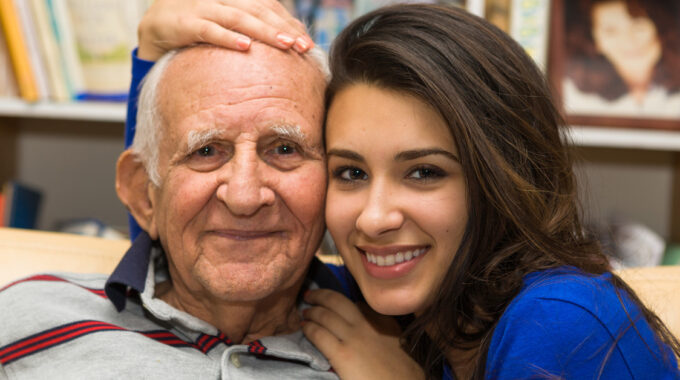
Families Who Refuse a Hospice Visit at Time of Death
When a loved one is dying at home, families may or may not receive a time-of-death visit from a hospice nurse. Twenty states legally require a time-of-death visit, even if only to officially pronounce the death. Medicare treats a nurse visit near the end of life as a standard of care, although they publish statistics on visits within the last three days of life, not at the time of death. The question of whether a time-of-death visit should be the standard has not been fully explored in the scientific literature. Recently, Katherine Katzenberger, MN, RN, CHPN and Michelle Nichols, PhD, RN published an interesting study exploring the experience of death at home and shedding new light on the time-of-death-visit requirement.1
How Common Is It for a Hospice Patient to Die at Home?
A growing number of Americans are choosing to die at home rather than in the hospital. It’s only recently that more Americans died at home than in the hospital. Those two are not the only places people spend their last moments. There are also adult family homes, skilled nursing facilities, assisted living facilities, hospice care centers, and more. Hospice can serve patients in any of these settings, but most often, hospice occurs in a patient’s own home. Among patients receiving hospice, 44% die at home.2
What is a Time-of-Death Visit?
A time-of-death visit refers to when a clinician, usually a nurse, visits the family home at or near the time of death. The visit can occur during death or shortly thereafter. Hospice offers time-of-death visits to confirm death (as required by some state laws), to provide medical care for patient comfort if needed, to support the family, and to help with final steps and arrangements. The final steps may include washing the loved one, dressing the loved one, waiting for the funeral home to arrive, and properly disposing of medications.
Why Would Someone Opt Out of a Time-of-Death Visit?
Previous studies found that some families prefer privacy during their final moments of saying goodbye to a loved one.3 Many also convey that bathing and dressing the deceased loved one themselves supports them emotionally.3 More recently, Katzenberger and Nichols interviewed families who received hospice, but who did not receive a time-of-death visit. Universally, among this self-selected study group, family members expressed that they felt a visit at the time of death was not needed.
The family members interviewed all felt appreciative of the support provided by hospice, but did not see a need for a hospice visit during death. They felt as if they were prepared to manage on their own. Where pain relief was a serious issue, family caregivers had been trained and equipped to administer pain relief. They had already been trained on whom to call and what to do. All people interviewed described the passing of their loved one at home as very peaceful. One interviewee stated that she would have appreciated a regularly scheduled visit after the death of the loved, but that was the only unmet need expressed. Statements about wanting privacy and quiet with no visitors were common. In some cases, families added that the hospice nurse did not feel like family. Because they had been referred to hospice so late, there was very little time to get to know the hospice nurses.
Study Limitations
The opinions expressed in interviews with Katzenberger and Nichols may not be representative of most families receiving hospice. The people interviewed were a self-selecting group. Researchers mailed letters to families who received hospice but who did not receive an end-of-life visit. Only people who responded positively were interviewed. The people who agreed to be interviewed turned out to be well educated, and 43% had a nurse in the family. It is likely that some families would prefer to have a hospice nurse present during or shortly after death.
Conclusions
While Katzenberger’s study group was small, the responses they gathered suggest strongly that people who did not receive an end-of-life visit did not care for one. They were properly prepared to handle the death of their loved ones, and they found not having a clinician visit during death was better for them emotionally. This calls into question Medicare’s use of near-end-of-life visits as a quality measure and gives legislators something to consider when requiring end-of-life visits by law.
References:
- Katzenberger KS, Nichols M. Opting out of a time-of-death visit: insights from home hospice family members. J Hosp Palliat Nurs. 2019 Aug 1; 21 (4): 326-32.
- National Hospice & Palliative Care Organization. Facts and Figures: Hospice Care in America. 2016.
- Williams BR, Lewis DR, Burgio KL, & Goode PS. “Wrapped in their arms” next of kin’s perceptions of how hospital nursing staff support family presence before, during, and after the death of a loved one. J Hosp Palliat Nurs. 2012; 14 (8): 541–550.





